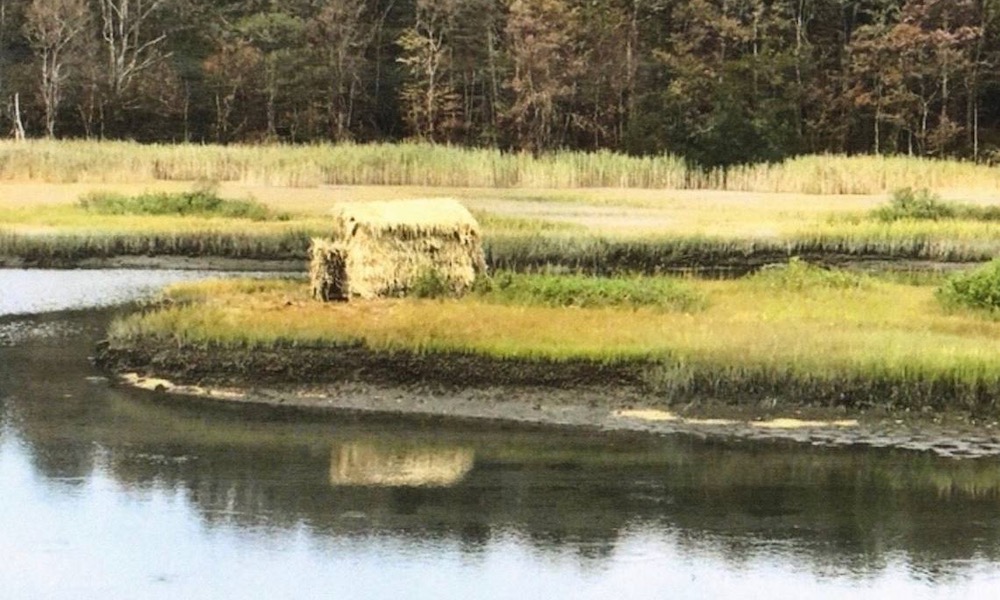A man in Connecticut was caught illegally baiting ducks around a hunting blind by spreading kernels of corn and then shooting them, doing so under the watchful eyes of the Connecticut Environmental Conservation Police, which had been tipped off by an anonymous complaint.
David Foster, 51, of Westbrook, and two other hunters shot and retrieved ducks over the area that had been baited by Foster. When confronted, Foster admitted he had spread corn over the hunting area to attract ducks, the U.S. Attorney’s Office of the District of Connecticut stated.
Foster violated the Migratory Bird Treaty Act, which bans people from hunting any migratory game bird by baiting, and was fined $4,000 by U.S. District Judge Kari A. Dooley.

In late September and early October 2020, the Environmental Conservation Police and U.S. Fish and Wildlife, acting on a tip, investigated the spreading of whole kernel corn around a hunting blind on Menunketesuck Island in Westbrook.
On Oct. 10, 2020, the opening day of duck hunting season, officers established surveillance near the duck blind and observed Foster and two other hunters shooting and retrieving ducks over the area that had been baited.
Also on FTW Outdoors: Hunter uses two guns to stop attacking grizzly bear
Foster pleaded guilty on Aug. 2, 2022.
The hunter previously violated the Migratory Bird Treaty Act near the same river by baiting waterfowl in 2009, prosecutors say, according to the Belleville News-Democrat.
Federal regulations to restrict baiting for waterfowl hunting in the U.S. were initially established in the early 1930s. Concerns about commercial shooting over baited areas and live decoys increased as waterfowl populations declined dramatically during the “dirty thirties.” Initial controls on baiting were through a system of permits with a provision that baited areas would not be shot after 3:00 p.m.
Further clarification and strengthening during 1935 and 1936, however, led to a regulation that stated: “migratory game birds may not be taken … by the aid of baiting, or on or over any baited area … ‘baiting’ shall mean the placing, exposing, depositing, distributing or scattering of shelled, shucked, or un-shucked corn, wheat or other grain, salt or other feed so as to constitute for such birds a lure, attraction or enticement to, on or over any area where hunters are attempting to take them.”
Photo of the duck blind in question courtesy of U.S. District Court for the District of Connecticut.
[listicle id=1980234]






